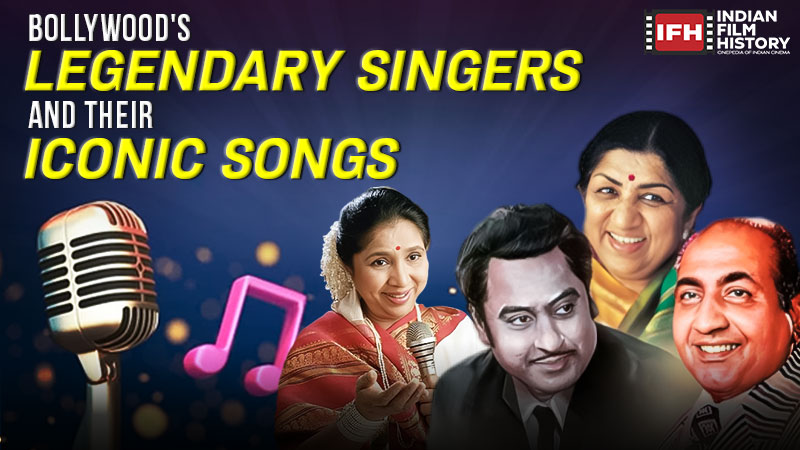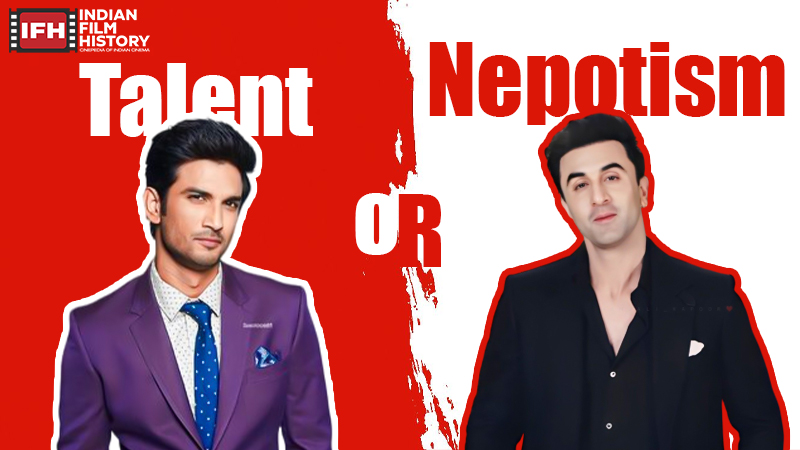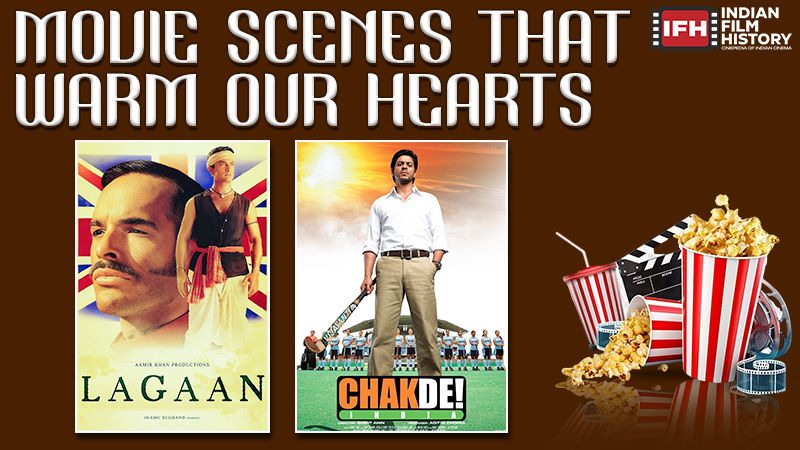Hindi Film Industry, also known as Bollywood, churns out approximately 1000 films every year and is the largest film industry in the world. Since Alam Ara, India’s first sound film (1931), the industry has produced a vast array of movies, showcasing diverse aspects of Indian life in various genres like comedy, thriller, action, romance, and horror.
Over the years, Indian cinema has undergone a significant transformation in representation. Filmmakers now produce, direct, act, market, and distribute movies differently than they did in the 1950s, reflecting the evolution of the industry.
The Changing Face of Bollywood
Let’s try to walk around the changes Indian Film Industry has undergone over many decades and the plausible elucidations for them.
The Indian Film Industry can be graded broadly into four sub-categories:
The first period would cover the films made between the 1940s till the early 1960s. This period is termed as the “Golden Era Of Indian Cinema”, where film industry witnessed a few critically acclaimed movies like Awara (1951), Shree 420 (1955) and Mother India (1957), to name a few. These films circled around the struggles of the common man and their lives, drawing the audiences to travel through their journey and emerging triumphant with the protagonist who would eventually come out as a man with right morals.
from his course due to greed and success but ultimately realizes his mistake to turn into a scrupulous person in the end by prevailing over his predicament in a just approach.
The second period commenced from the late 1960s and extended till the early 1980s. This phase saw a distinguishing swing in the general plot of the films marked by movies like Aradhana (1969), Anand (1970), Bobby (1973) and Sholay (1975). These movies had an elegant mixture of action and romance. Violence became a fundamental part of the films, highlighting the villains, who were essentially underworld dons and mafias. The title of “angry young man” spawned from here. An ominous threat to his foes, the hero would annihilate the villains after delivering his signature punches and kicks. A plethora of films made during this phase revolved around this basic subject matter.
From the late 1980s till early 2000, began the third phase of Bollywood. This phase bagged the honor of producing the most diverse change in Indian movie making. The early 90s liberalization reforms brought advanced technologies to India. During this period, the country’s first sci-fi blockbuster, “Mr. India,” was released to massive success. Foreign locations and tourism spots also became the prominent choice of producers.
The current phase, starting from the early 2000s, is a significant milestone in Bollywood’s history. Breakthrough films like Kaho Na Pyar Hai (2000), Koi Mil Gaya (2003), and Ra.One (2011) defined the era. Dangal (2016) showcased impressive visual effects and high production values, driven by commercial interests.
As India’s demographics shifted, movie content became more urban-centric. Before the 90s, films targeted rural audiences and the economically weaker sections.
As rural India migrated to cities, demographics shifted, and a new trend emerged. Movies began catering to the growing upper-middle class and rich, showcasing heroes with luxury lifestyles. The rise of multiplexes forced producers and distributors to adapt, expanding their business empires to target the young audience. In order to sell a movie, the stereotypical story of “poor Indian” became less and less relevant for the filmmakers. Rural audiences loved popular music and masala films, especially song-and-dance sequences shot in exotic locations like Switzerland and Egypt.
Movies, at the end of the day, are business enterprises, and most production houses generally like to deliver content which matches the wavelength of the average movie goers. The change in audience mindset and attitudes has driven the shift in film subjects. The Bollywood industry has evolved over decades, with box office success playing a key role. Filmmakers now prioritize scripts with mass appeal, targeting both domestic and international markets, especially the growing NRI audience worldwide.
Contemporary Bollywood can’t be dismissed as solely profit-driven. Many films tackle significant social, economic, and cultural issues, resonating with audiences and gaining widespread acceptance.




Leave a Comment